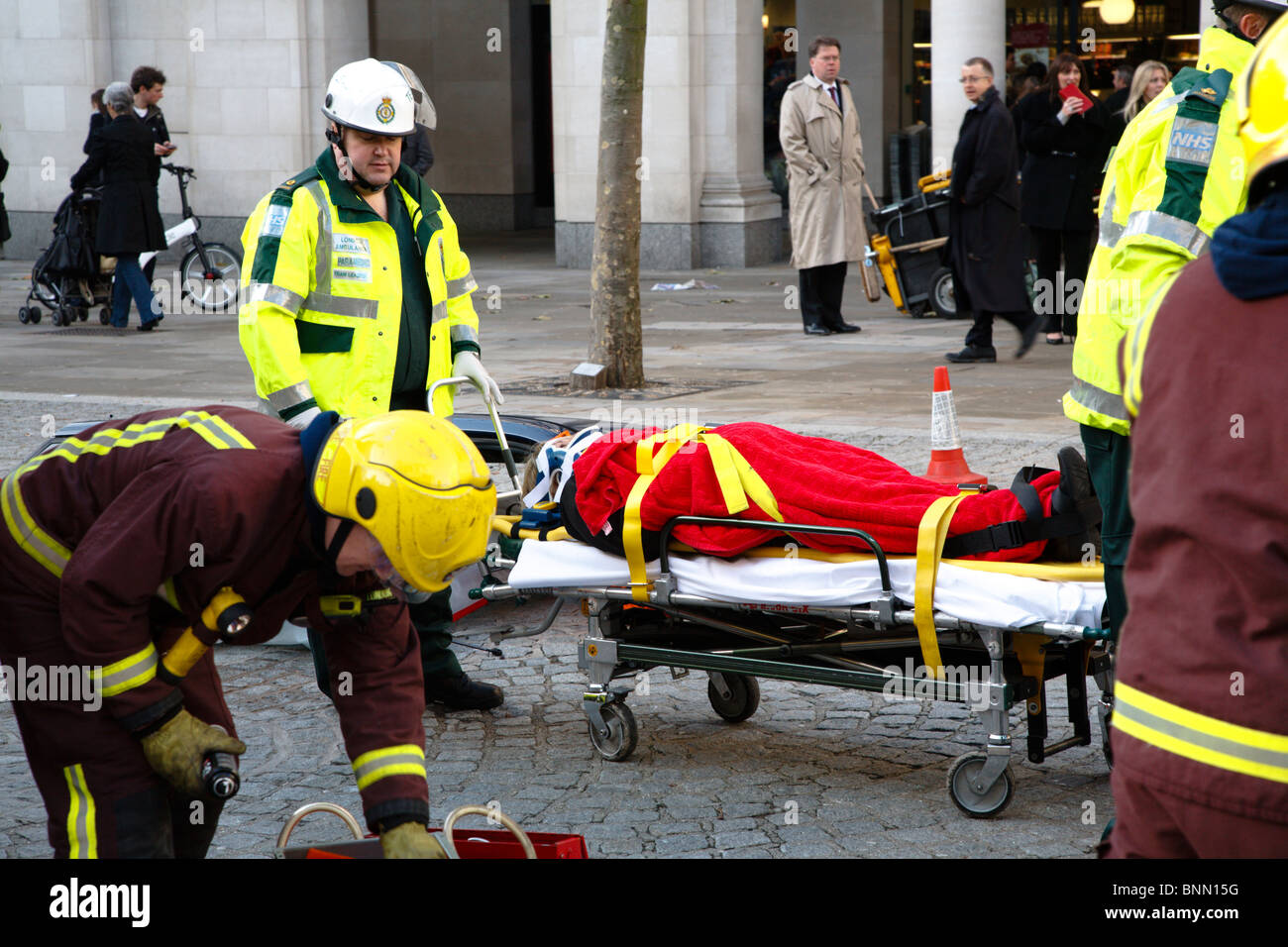

When it was revealed that similar tests were being conducted in the United States at Wayne State University, some U.S.

Rainer Mattern, the head of Heidelberg University’s forensic pathology department, responded to public reaction against the use of child cadavers, arguing, “The tests have saved lives of other children.” The university defended its research by pointing to the results. But the constitution also guarantees the protection of human dignity.” In this speed bump car crash test speed breaker challenge the other as a beamng top drive to become a beamng best drive crashes for death fall car in the derby of the beamng short drive car race. Klaus von Trotha, research minister of Baden-Wuerttemberg state, questioned the study: “Our constitution guarantees freedom in scientific research. Beamng Death Stair CAR Drive Crash is the extreme game of Death Stair car and destruction by speed bump as the car crash. The ADAC, Germany’s largest automobile club, issued a statement challenging the research on ethical grounds: “In an age when experiments on animals are being put into question, such tests must be carried out on dummies and not on children’s cadavers.” Rudolph Hammerschmidt, spokesman for the Roman Catholic German Bishops’ Conference similarly decried the practice, arguing, “Even the dead possess human dignity…this research should be done with manikins.” Political leaders also weighed in on the debate. There was significant public outcry against this practice from numerous groups. They insisted that the research would save lives because it would help engineers design safer cars. The researchers argued that the use of human cadavers was necessary to study the actual effects of these crashes on the body. In 1993, it was widely disclosed that research engineers at Heidelberg University in Germany had used 200 adult and child cadavers in simulated car crash tests.


 0 kommentar(er)
0 kommentar(er)
